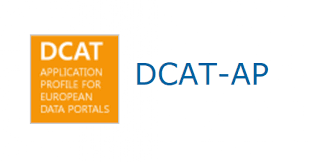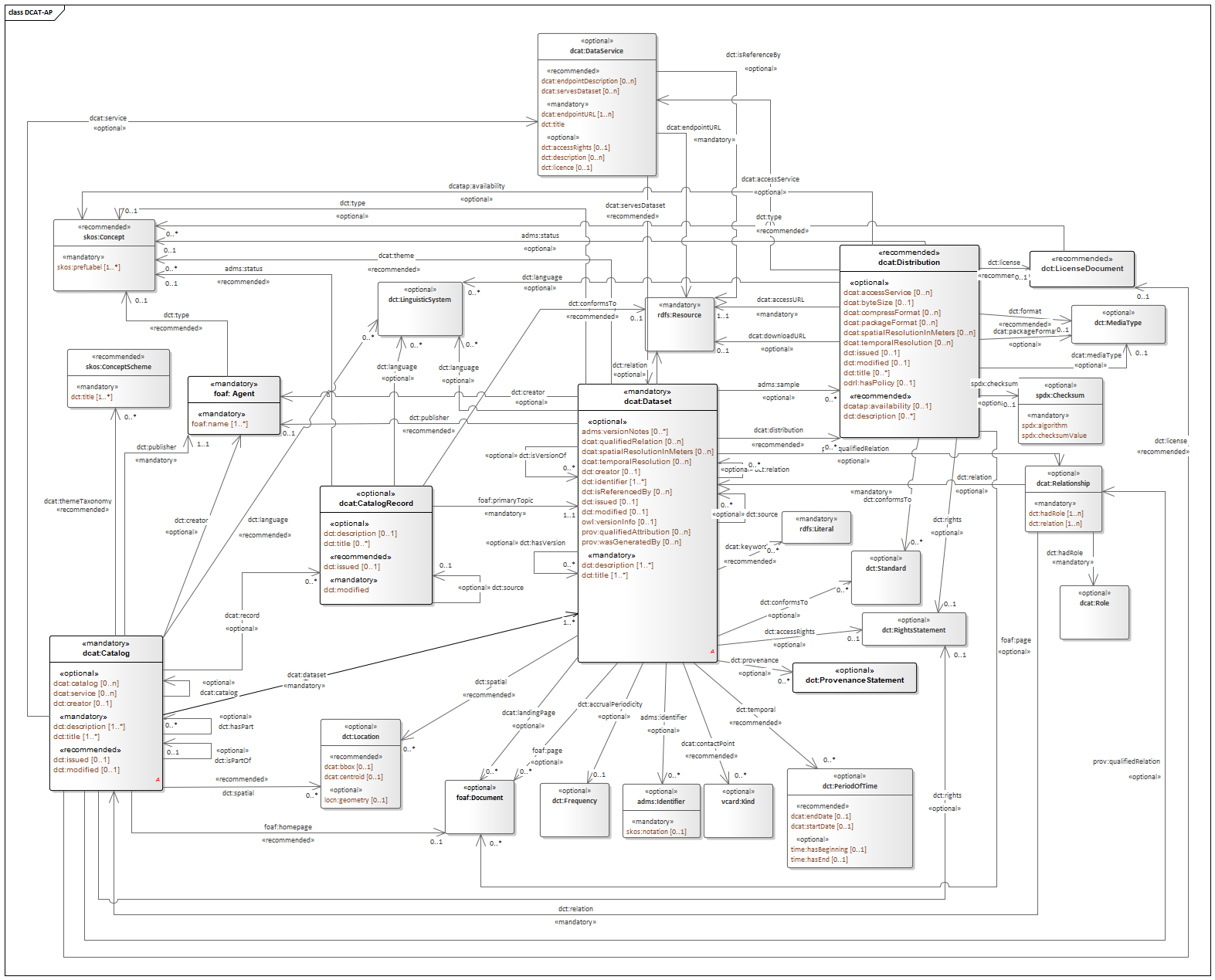
The contribution maual has been updated.
Main changes:
- Only one normalized example is required (formerly 4)
- New image
- Tool for checking properties used on other data models

The contribution maual has been updated.
Main changes:
The former simple wasteContainer in the datamodel.WasteManagement subject has been extended with the contributions of wasteManagementBiun from IUDX.
Measurement is possibly one of the most demanded data models because measuring is key in any system. Other data models can allocate measurements. Anyhow this data model is quite generic to be used for many types of these measurements.
It is located at dataModel.Device subject.
DeviceMeasurement. Description of a generic measurement entity coming from a device or other data source.

Open sessions are 30 minutes of live support for users and contributors of the Smart Data Models held every Monday at 14:00 CET. You can also comment on your ideas about new required data models.
Now you can see in the announcement banner in the upper part of the page this icon
It allows you to add to your google calendar the open sessions all Mondays.
New data model IssueReporting of the subject dataModel.issueTracking with the contributions of IUDX.
The data model BikeHireDockingStation of the subject dataModel.Transportation has been adapted with the contributions of IUDX. Examples are extended too.
BikeHireDockingStation. Bike Hire Docking Station
Once you have the json schema of a smart Data model there are two services that allow you to generate random payloads compliant with the JSON schema in NGSI-LD.
both services are for generating
these services have been updated and some errors were fixed.
Soon these services will be also available for NGSI v2 platform.
4 new data models are available for the CallComplaints subject. These data models are meant to help the management of a call center to gather complaints of users. Thanks to the contributors for their support of this publication. they belong to the cross sector domain.
We reach the 600 hundred data models threshold with this contribution.
These models are quite far from the most popular image about complaint management on the net. 😀

DCAT-AP is the standard for the publication of information in open data portals in the EU and other countries. Based on the 2.0.1 version these data models are mapping the data Service class.

In the subject datamodel.DCAT-AP there is one data model, dataServiceDCAT-AP for describing this class,
The most important classes of the standard DCAT-AP 2.0.1 have been mapped into smart data models in the subject datamodel.DCAT-AP.
DCAT-AP is the standard for the publication of information in open data portals in the EU and other countries. Based on the 2.0.1 version these data models are mapping the catalogue record class.

In the subject datamodel.DCAT-AP there is one data model, catalogueRecord for describing these classes,
The remaining classes are in progress in the incubated repository
Image of the full classes diagram
